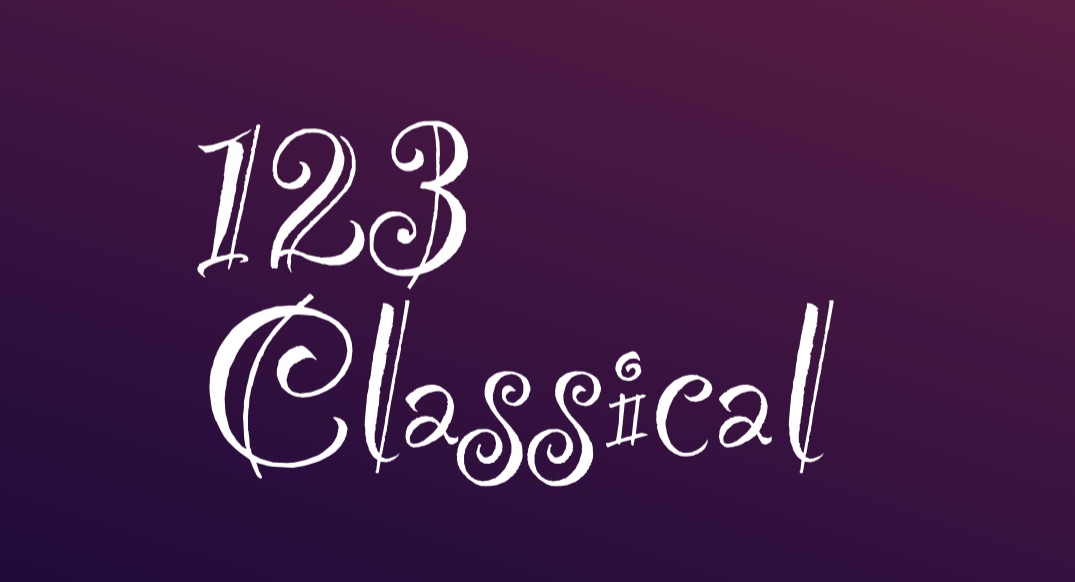

Filters

During the romantic period, music became increasingly expressive and inventive, more dramatic, passionate and virtuosic. It conveyed extreme emotional states of the composer or literary characters or generally humans. It also expressed natural scenes and natural phenomena by imitating sounds or evoking the existing atmosphere. And it also demonstrated national pride by incorporating folk music or stories. The Enlightenment ideals for individuality being in full action and the political developments taking place across Europe were the major contributors to all of the above developments in the music scene in Europe. Another contributing factor to these developments was the increasing size of the orchestra, which became a great force due to the addition of instruments, and the technical advances in instruments which improved the quality and the variability of the sound.
Emphasis on individual self-expression was increasingly considered the norm in the arts and of course music. Romantic composers, such as Tchaikovsky, Schumann, Brahms, Chopin, Liszt, Rachmaninoff, Mendelssohn, Puccini, Wagner and Verdi to name a few, considered music as the channel to express the full range of human emotions. Music's purpose was to communicate narratives and stories. In this sense, music approached other forms of art, such as theatre and literature. Music evoked anything from a theatre movie, to a poem, to a story (autobiographical or another person's or character's). However, contrary to the Enlightenment ideals, romantic classical music composers rejected emphasis on logic and rationality and broke some of the music rules developed in the classical period, in order to serve their primary purpose of maximum self-expression.
Apart from its emphasis on self-individuality, music of this period reflected the political tensions, wars and nationalistic movements that shook Europe during that time: from the French Revolution to the Napoleonic Wars to the nationalistic movements of countries wishing to liberate themselves from the political control of powerful states and achieve national unification.
"Norwegian majesty"
(Piano Concerto in A Minor Op. 16 / Movement 1)
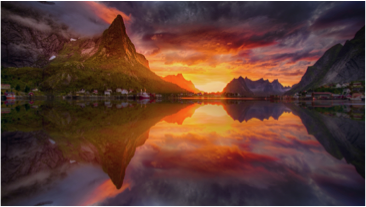
"Like birds flying"
(Piano Concerto No 1)

"The swan"
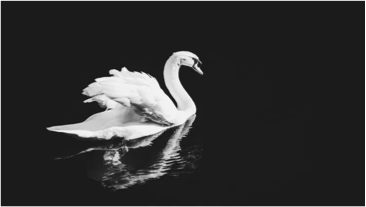
"Ave Maria"
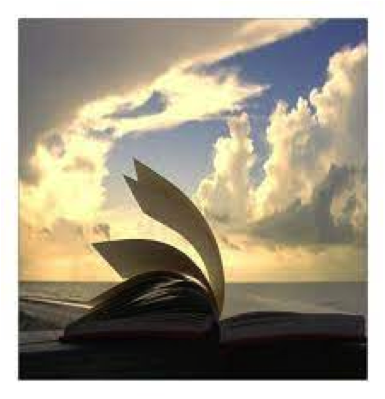
"Reflections of light"
(Nocturne in E Flat major Op. 9)
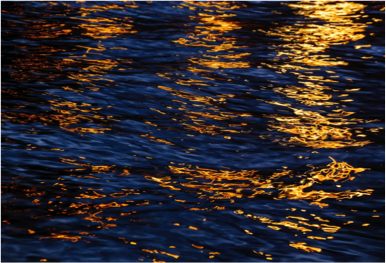
"Sounds of hope"
(Nocturne in C Sharp Minor)
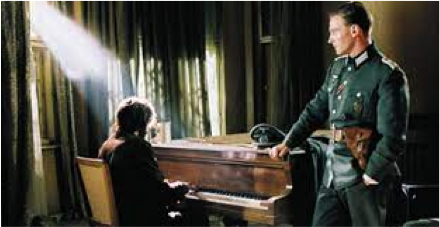
"Life colours"
(Ballade no 4 in F Minor)

"Ride of the Valkyries" from "The ring cycle"
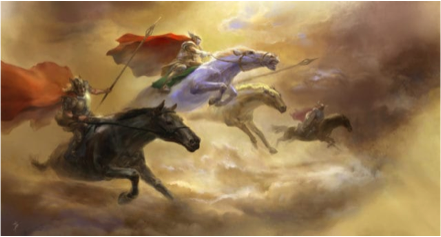
"Pictures at an exhibition"
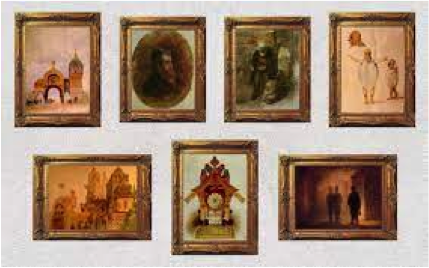
"Hungarian rhapsody no 2"
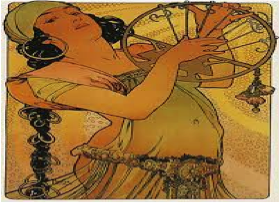
"Heroic polonaise"
(Polonaise in A Flat Major Op. 53)

"Love is a roller coaster"
(Ballade No 1 in G Minor)

"Raindrops"
(Prelude in D Flat Major)
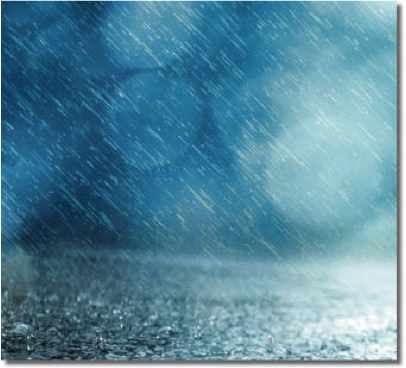
"Liebestraum no 3"
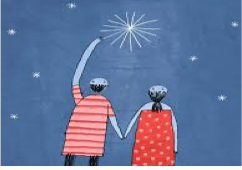
"Gateway to another dimension"
(Fantaisie Impromptu in C Sharp Minor Op. 3 No 2)
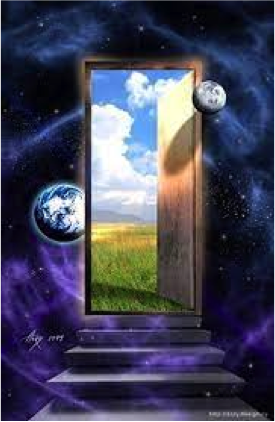
"Italian symphony" / Movement 1
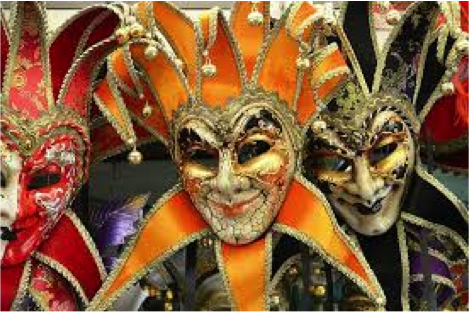
"Longing for the past"
(Intermezzo in B Flat Minor Op. 117 No 2)
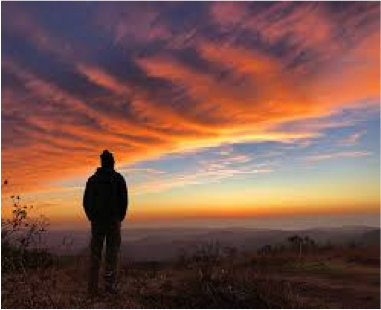
"Secrets of the Rhine"
(Symphony No 3 / Movement 3)
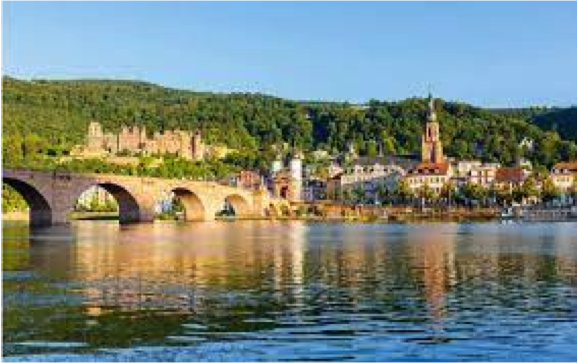
"Also sprach Zarathustra"
(Op 30)
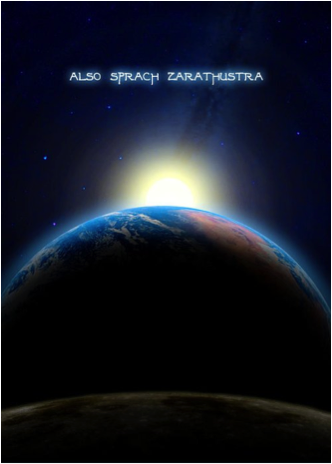
"Tumultuous love"
(Scherzo No 2)
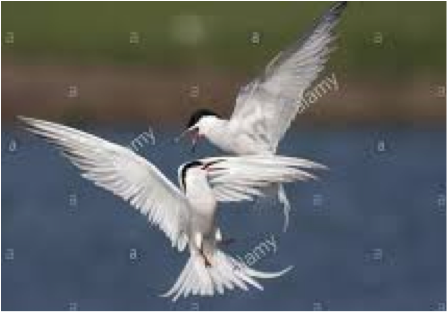
"The longing waltz"
(Waltz No 7)

"Reverie in the moonlight"
(Piano Concerto No 1 Romance / Movements 1 & 2)
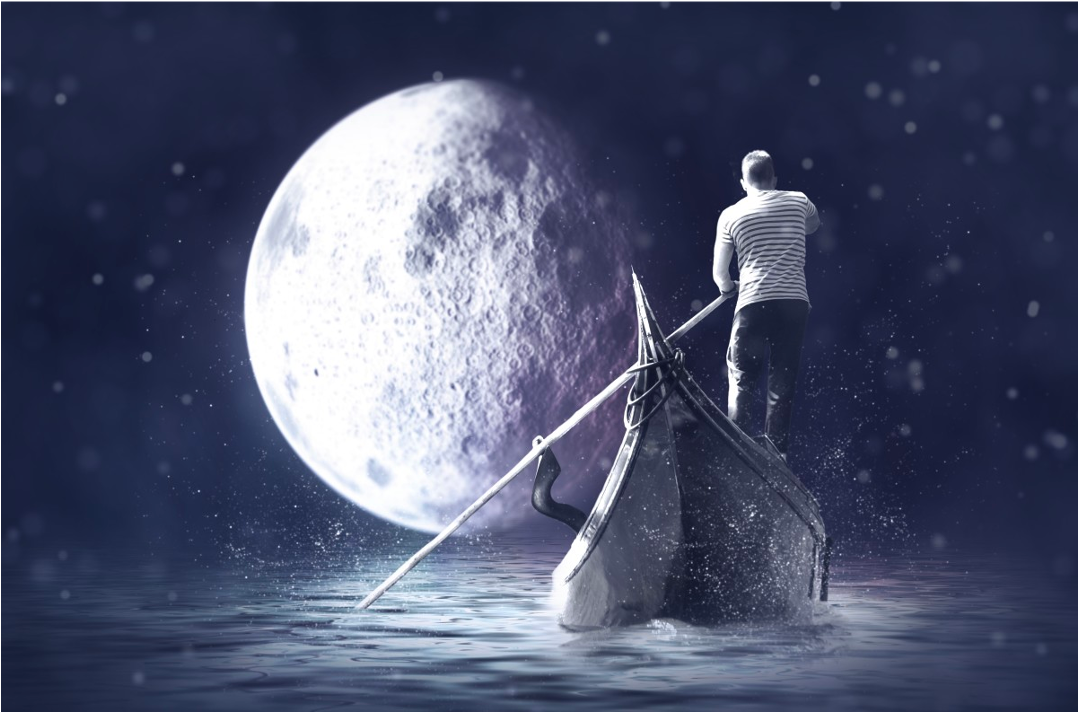
"Peer Gynt"
(Suite No 1)
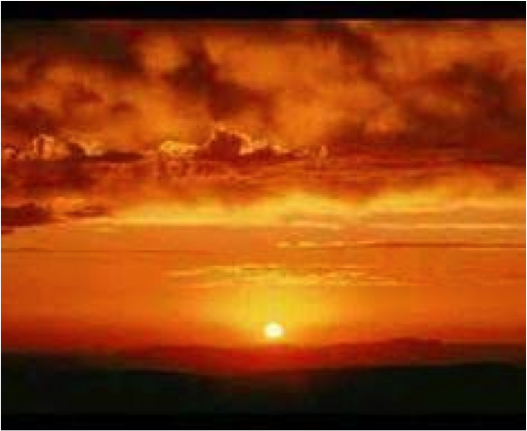
"Danse macabre"
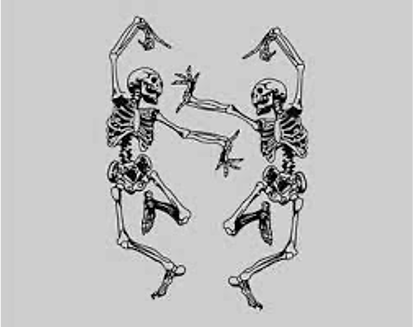
"June barcarolle"
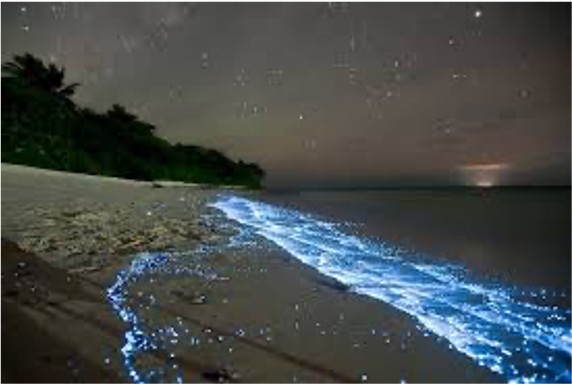
"The grande polonaise brilliante"
(Andante Spianato and Polonaise in E Flat Major)
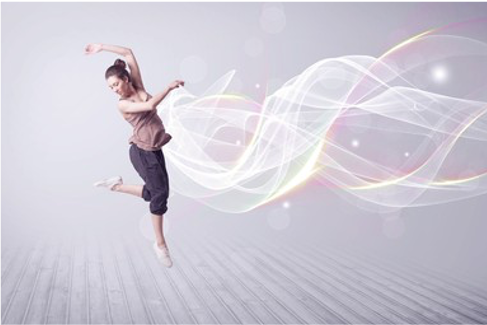
"L'amour est un oiseau rebel" from "Carmen"
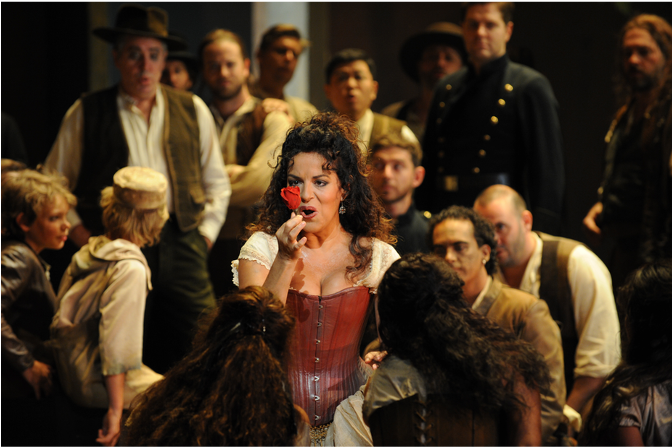
"The nutcracker suite"

"The Hybrides overture"
(or "Fingal's cave")
